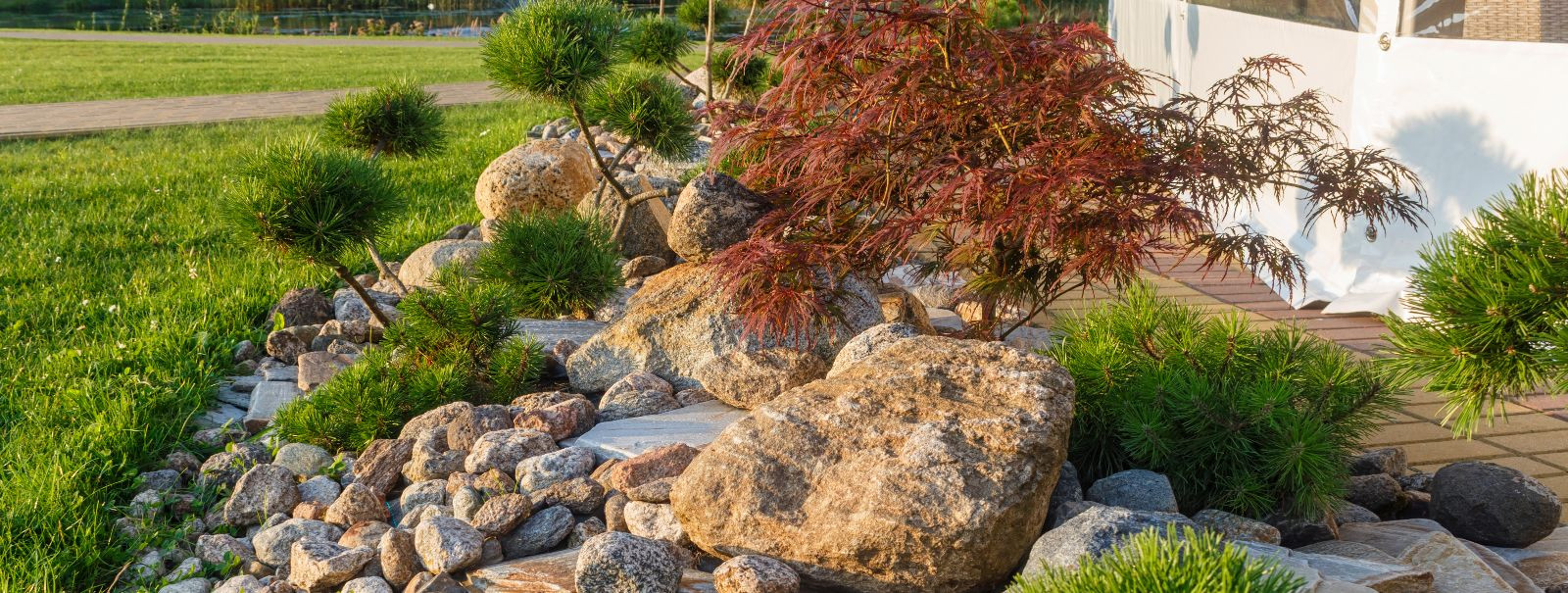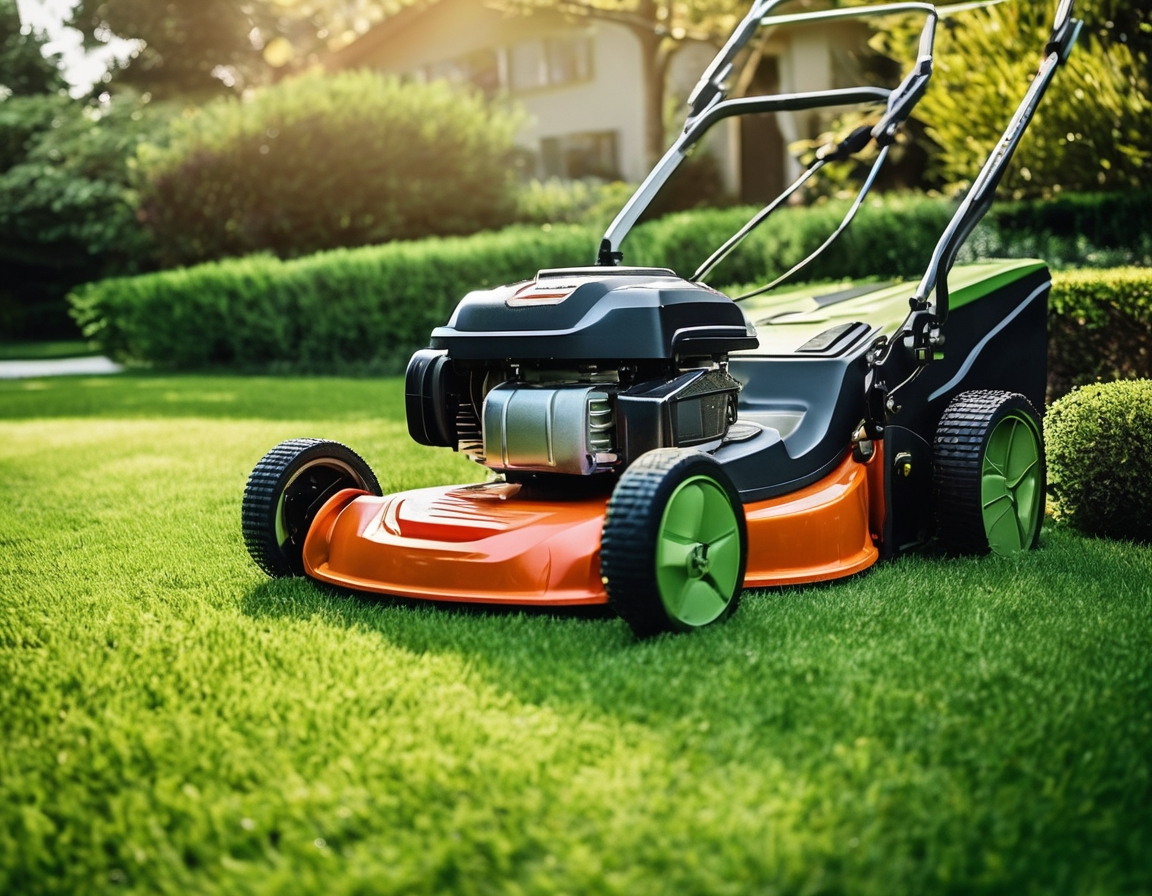How to design a low-maintenance landscape
In today's fast-paced world, many homeowners and property managers are seeking ways to enjoy beautiful outdoor spaces without the constant upkeep. Low-maintenance landscaping offers a solution by combining aesthetic appeal with minimal effort. This approach not only saves time and resources but also contributes to sustainable living.
Benefits of Low-Maintenance Landscapes
Low-maintenance landscapes provide numerous advantages. They reduce the need for frequent watering, mowing, and pruning, which in turn lowers water usage and energy consumption. Additionally, these landscapes often incorporate native plants that support local ecosystems and biodiversity. By investing in a low-maintenance landscape, property owners can enhance curb appeal and property value while promoting environmental responsibility.
Key Principles of Low-Maintenance Landscape Design
Selecting the appropriate plants is crucial for a low-maintenance landscape. Opt for native species that are well-adapted to the local climate and soil conditions. These plants typically require less water and care, making them ideal for sustainable landscaping.
Implementing an efficient irrigation system is essential for reducing water usage. Drip irrigation and soaker hoses deliver water directly to the plant roots, minimizing evaporation and runoff. Consider installing a smart irrigation controller to optimize watering schedules based on weather conditions.
Mulch and ground covers play a vital role in low-maintenance landscapes. They help retain soil moisture, suppress weeds, and regulate soil temperature. Organic mulches, such as wood chips or bark, gradually decompose, enriching the soil with nutrients.
Incorporating hardscaping elements like patios, walkways, and retaining walls can significantly reduce the amount of lawn and plant care required. These features add structure and functionality to the landscape while minimizing maintenance needs.
Adopting sustainable practices is integral to low-maintenance landscaping. This includes composting, using organic fertilizers, and implementing integrated pest management strategies to reduce chemical use and promote a healthy ecosystem.
Step-by-Step Guide to Designing a Low-Maintenance Landscape
Begin by evaluating your outdoor space. Consider factors such as sunlight exposure, soil type, and existing vegetation. Identify areas that require improvement and determine your landscaping goals.
Create a detailed landscape plan that incorporates the principles of low-maintenance design. Consider the layout, plant selection, and placement of hardscaping elements. Ensure that the design aligns with your aesthetic preferences and functional needs.
Once the design is finalized, proceed with the implementation. Prepare the site by clearing debris and amending the soil as needed. Plant according to the design plan, install irrigation systems, and add mulch or ground covers. Incorporate hardscaping features to complete the landscape.
Maintenance Tips for Low-Maintenance Landscapes
Even low-maintenance landscapes require some level of care. Regularly inspect irrigation systems for leaks or clogs, and adjust watering schedules as necessary. Prune plants selectively to maintain their shape and health. Refresh mulch annually to ensure effective weed suppression and moisture retention.






Comments (0)